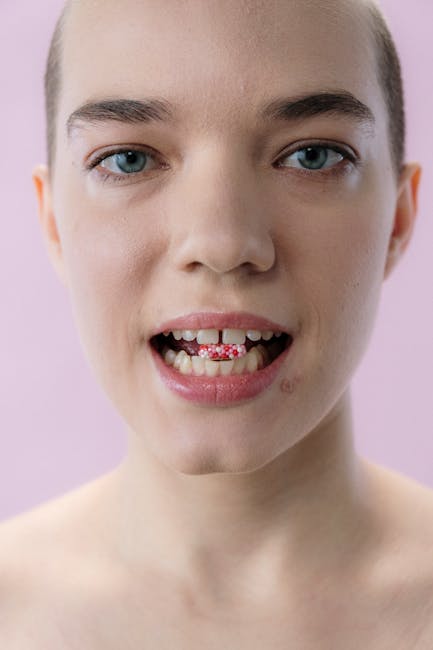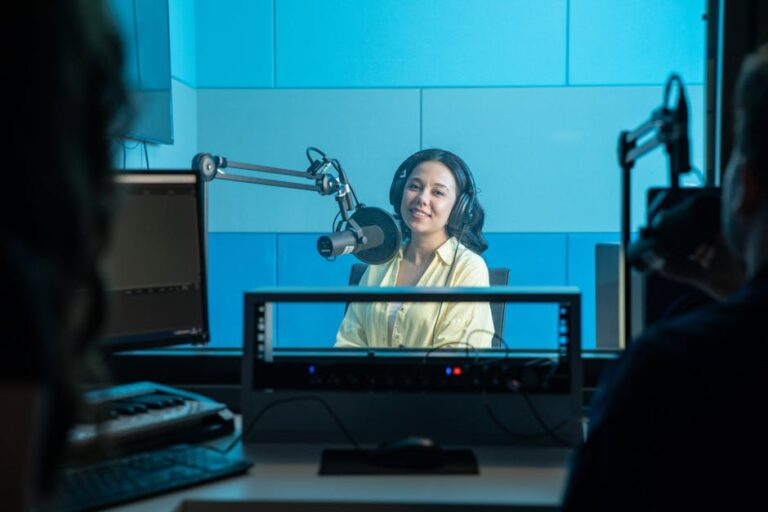Charcot-Marie-Tooth Disease: A Comprehensive Guide to Symptoms, Diagnosis, and Management
Understanding Charcot-Marie-Tooth Disease (CMT)
Charcot-Marie-Tooth disease (CMT), also known as hereditary motor and sensory neuropathy (HMSN), is a group of inherited disorders that affect the peripheral nerves. These nerves transmit signals between the brain and spinal cord to the rest of the body, controlling movement, sensation, and reflexes. CMT causes progressive damage to these nerves, leading to a range of symptoms that typically begin in the feet and legs and gradually spread upwards.
Types of Charcot-Marie-Tooth Disease
CMT is a complex condition with several subtypes, each with its own genetic basis and clinical features. The most common types are CMT1 and CMT2, further subdivided into various subtypes based on the specific genetic mutation involved. These classifications are crucial for understanding disease progression and potential treatment options.
CMT1 (Demyelination)
CMT1 is characterized by demyelination, a process where the myelin sheath – the protective layer surrounding nerve fibers – is damaged. This damage slows down the transmission of nerve signals, resulting in significant weakness and sensory loss. Symptoms tend to appear earlier in life and progress relatively rapidly.
- CMT1A: The most common subtype, caused by duplication of the gene encoding for peripheral myelin protein 22 (PMP22).
- CMT1X: Linked to the X chromosome, affecting primarily males, with symptoms often appearing in childhood.
- CMT1B: Associated with mutations in the myelin protein zero (MPZ) gene.
CMT2 (Axonal)
CMT2 involves damage to the axons themselves – the long, slender projections of nerve cells that transmit signals. This type of CMT often has a later onset and slower progression than CMT1. While both types share similar symptoms, the underlying mechanism and severity vary.
- CMT2A: One of the most common subtypes, resulting from mutations in the mitofusin 2 (MFN2) gene.
- CMT2X: A rare subtype linked to the X chromosome.
- CMT2D: Associated with mutations in the ganglioside-induced differentiation-associated protein 1 (GDAP1) gene.
Other CMT Subtypes
Beyond CMT1 and CMT2, several rarer subtypes exist, each with unique genetic causes and clinical manifestations. These less common forms often present with overlapping features and require specialized genetic testing for accurate diagnosis.
Symptoms of Charcot-Marie-Tooth Disease
The symptoms of CMT vary depending on the subtype and the severity of nerve damage. However, common features include:

- Muscle weakness: Primarily affecting the distal muscles (hands, feet, lower legs), leading to difficulty with walking, climbing stairs, and fine motor skills.
- Foot deformities: High arches (pes cavus), hammertoes, and claw feet are common.
- Loss of sensation: In the extremities, leading to numbness, tingling, or burning sensations.
- Balance problems: Affecting gait and coordination, increasing the risk of falls.
- Muscle atrophy: A noticeable wasting away of muscles, especially in the legs and feet.
- Slow reflexes: Reduced or absent reflexes in the affected limbs.
- Scoliosis: Curvature of the spine.
- Difficulty with fine motor skills: Such as writing, buttoning clothes, or manipulating small objects.
The onset and progression of these symptoms vary greatly, from mild to severe, and depend heavily on the specific CMT subtype.

Diagnosis of Charcot-Marie-Tooth Disease
Diagnosing CMT often involves a combination of clinical evaluation, nerve conduction studies (NCS), electromyography (EMG), and genetic testing.
Clinical Examination
A thorough neurological examination is the first step, assessing muscle strength, reflexes, sensation, and the presence of any foot deformities.
Nerve Conduction Studies (NCS)
NCS measures the speed and amplitude of nerve signals, helping to identify the type of CMT (demyelinating or axonal) and the severity of nerve damage.
Electromyography (EMG)
EMG assesses the electrical activity of muscles, providing additional information about the extent of muscle damage and nerve involvement.
Genetic Testing
Genetic testing plays a crucial role in identifying the specific genetic mutation responsible for the CMT subtype. This information is valuable for genetic counseling, understanding prognosis, and potential future treatments.
Management and Treatment of Charcot-Marie-Tooth Disease
Currently, there is no cure for CMT. Management focuses on alleviating symptoms, improving quality of life, and slowing down disease progression. This often involves a multidisciplinary approach involving neurologists, physical therapists, orthotists, and genetic counselors.
Physical Therapy
Physical therapy is essential for improving muscle strength, flexibility, and balance. Exercises, stretching, and gait training can help maintain mobility and prevent further complications.
Orthotic Devices
Orthotic devices such as braces, splints, or custom-made footwear can help correct foot deformities, improve gait, and reduce pain.
Assistive Devices
Assistive devices, such as canes, walkers, or wheelchairs, may be necessary as the disease progresses to aid in mobility and independence.
Medication
Medications may be used to manage associated symptoms such as pain, muscle spasms, or fatigue. However, there are no medications that directly halt the progression of CMT.
Genetic Counseling
Genetic counseling is crucial for individuals with CMT and their families to understand the inheritance pattern, risk of transmission to future generations, and options for prenatal diagnosis.
Support Groups
Connecting with support groups and patient advocacy organizations provides a valuable source of emotional support, information, and community.
Research and Future Directions
Significant research is underway to develop effective treatments for CMT. Areas of focus include gene therapy, medication development targeting the underlying genetic defects, and stem cell therapies.
Living with Charcot-Marie-Tooth Disease
Living with CMT requires a proactive approach to managing symptoms and maintaining independence. Regular exercise, a healthy lifestyle, and regular consultations with healthcare professionals are crucial for optimizing quality of life.






